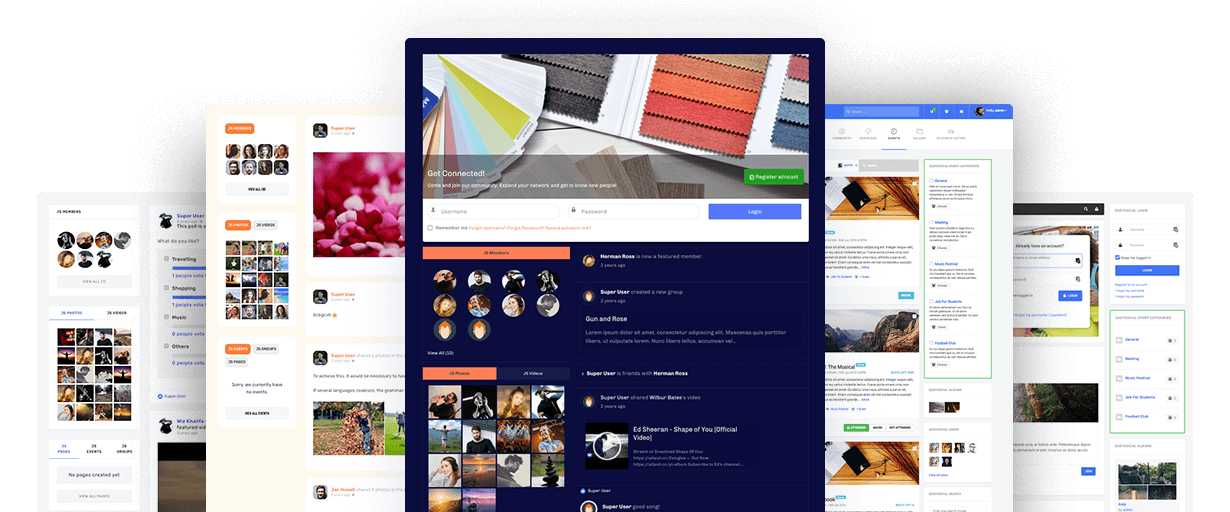

For more information on the creation and configuration of menu items please see Menu Item Manager.Īt this point, each article should be associated with one menu choice.

If needed, add one or more submenus and then add Menu Items for these in the same manner. Add a Menu Item for each article you created earlier.But you may choose whatever title you want. The title can be the same as the article title, so you know which article goes with which menu item. If you want to have a Featured Articles page, these articles need to a marked as Featured in the Articles manager. You may either keep this and add new menu items or change this menu item to a Single Article Layout. Note: Even if you installed Joomla! with no sample data, you will already have a Main Menu with a Featured Articles type menu item set as the default (home) menu item (i.For our purposes, each Menu Item has the type Single Article.Click on Menu Item Type - Select to open a modal window where you can choose an Item Type from an expandable list as shown on the right. Go to Menus → Menu Items and click New to add one Menu Item for each article created above.For the latter, add the submenus by going to Menu Manager → Menus → New. Alternatively, you can use the mainmenu menu for the top level and then add one new menu for each existing submenu. If your existing site has a two-level menu structure, you may create the top level first, and then set the second level by choosing a parent top level menu item. If your existing site just has a single main menu, you will just use the Joomla! mainmenu module. Determine the menu structure you need.We will achieve this using the Menu Manager. For more information on the creation and configuration of articles please see Article Manager.Īt this point, you have the articles created in Joomla!.The editor also lets you add images, links and other HTML elements such as tables. Note: In some cases, depending on the amount of custom HTML in the source page, you may need to copy the page to a plain text editor first (such as Notepad++) and then copy from there into Joomla!. For each article, you can often just copy and paste the content from your existing site (as shown in your browser) into the edit area of Joomla!.For example, when viewing your article list, you can filter or sort articles using Categories. This will make it easier to manage your articles at a later time. If you have a large number of static pages, create one or more Categories and Sub-Categories. If you have a relatively small number of pages (20 or fewer), you can leave the Category set to Uncategorized.Unless you want the article to be shown on your Front Page, select No for Featured. Give your articles descriptive names so you can find them again. Each article will contain the contents of one of your existing static pages. Add one article for each page of static content. Translations on Crowdin Enterprise Websites Websiteĭ/coding-standards.htmlĬ/joomla-training. List on Documentation website holds the teams as well. Provide a link if it is on a specific page, images also help explain issues for people to fix.Give a description of the problem you encountered.DO NOT report security issues here, report them to the Joomla! Security Strike Team.If you don't have one you can create one. You will need a GitHub account to report an issue. If you need to report a problem with one of the Joomla! websites owned by the project, for example:, please use one of the following links to create an issue. Report a Problem with an official Joomla! Project Website


 0 kommentar(er)
0 kommentar(er)
